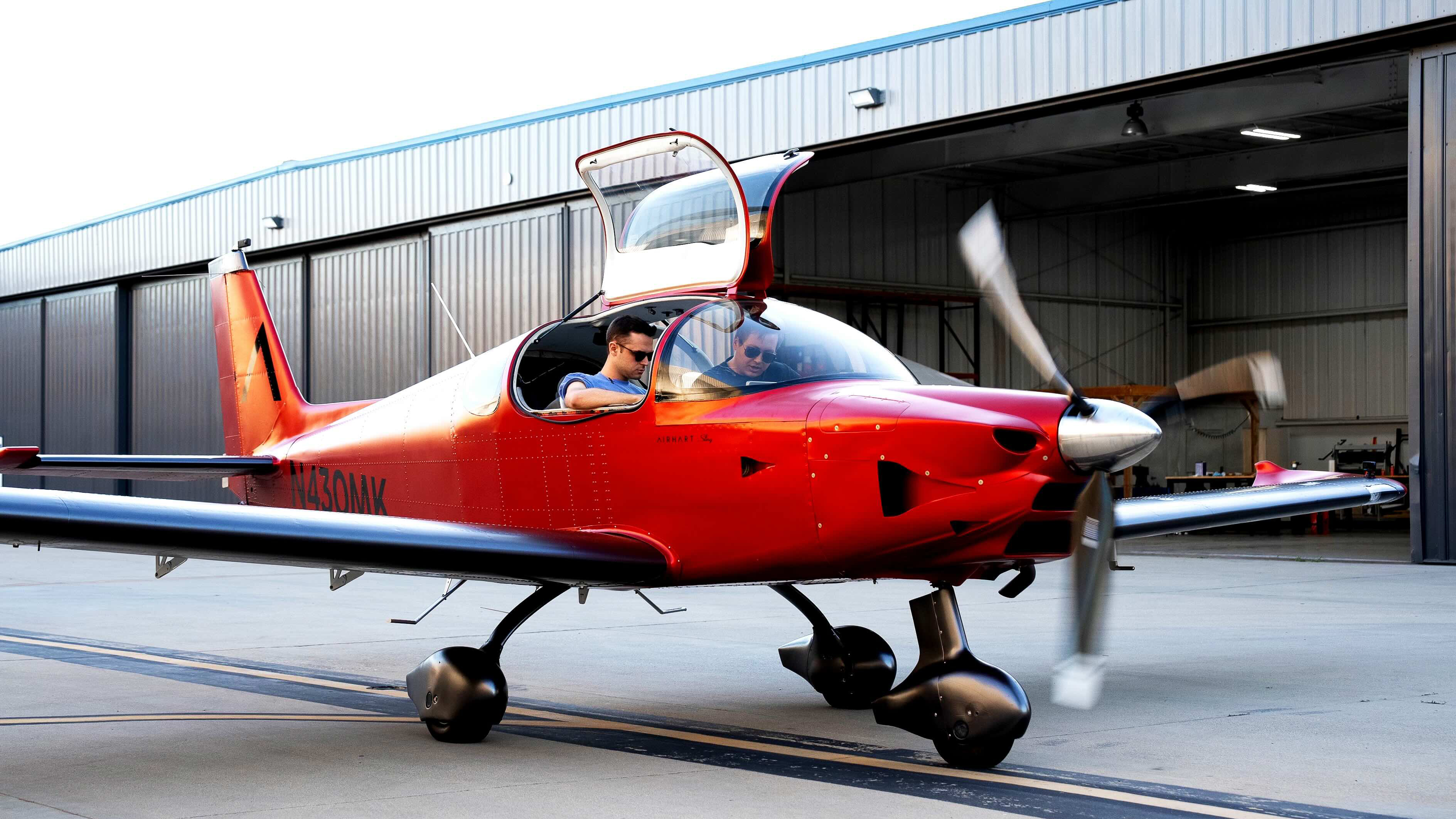Aviation's Model T envisioned
Former SpaceX engineer plans to make flying easy, safe, cheap
A former SpaceX engineer is developing a prototype of what he hopes will become the most affordable, safest, and easiest aircraft to fly.
Using an existing experimental airframe and a control system under development at his company, Airhart Aeronautics co-founder and CEO Nikita Ermoshkin hopes to begin delivering airplanes to customers in two years. Over the following 10 years he expects the price of his aircraft to drop from about $500,000 to less than $100,000.
“I found myself continuously disappointed by features like manual mixture control,” he said. “The entire user experience seemed unnecessarily complicated. I started thinking about tasks that a computer could accomplish to reduce the pilot’s workload.”
Airhart is developing a fly-by-wire control system, called Airhart Assist, in an experimental Sling testbed airplane that Sling Aircraft and Airhart are developing together. The system uses automation and simplified flight and power controls to provide what the company calls “a car-like experience” that is less difficult and stressful than flying today’s typical GA aircraft. The pilot controls the Airhart Sling, as the aircraft is called, using a single control stick and a “speed lever.” The aircraft has no rudder pedals, so automation takes care of turn coordination.

Ermoshkin acknowledges that some traditionalists might cringe when they hear about such details, especially those who spent hours painstakingly watching “the ball” while learning how to balance roll, yaw and pitch during steep turns in the practice area with their instructors watching closely. Others, however, might recall the 1940s ERCO Ercoupe, which eliminated rudder pedals as part of an effort to make flying easier and safer. The Ercoupe failed to change the way most pilots fly, but it did develop a following of fans.
In some ways, Airhart is continuing what the Ercoupe started, but with the advantages of modern technology that could broaden its impact on GA. Pilots essentially would guide the Airhart Sling with a sidestick while the aircraft would automatically adjust power and control surfaces to follow the commands while maintaining stable flight.
As potential markets go, Airhart is focusing on people who could benefit from using a personal aircraft for transportation but might not have considered learning to fly, largely because of the difficulty and expense of earning a pilot certificate and acquiring an airplane. Ermoshkin wants to make flying easy and convenient enough to convince such potential customers that personal air travel can improve their quality of life.
“There are a lot of people who have vacation houses at Lake Tahoe and spend hours in the car getting there,” says Ermoshkin, who is based in Long Beach, California. The prospect of cutting travel time and experiencing the joy of flying over highway traffic instead of getting stuck in it should be enough to draw this audience.
Ermoshkin expects to have the Airhart Sling flying with a complete Airhart Assist control system by the end of this year and in customers’ hangars by 2026. While the initial aircraft is expected to cost $500,000 and will operate under experimental rules, the company plans to develop a certified version selling for less than $100,000 in 10 years.





